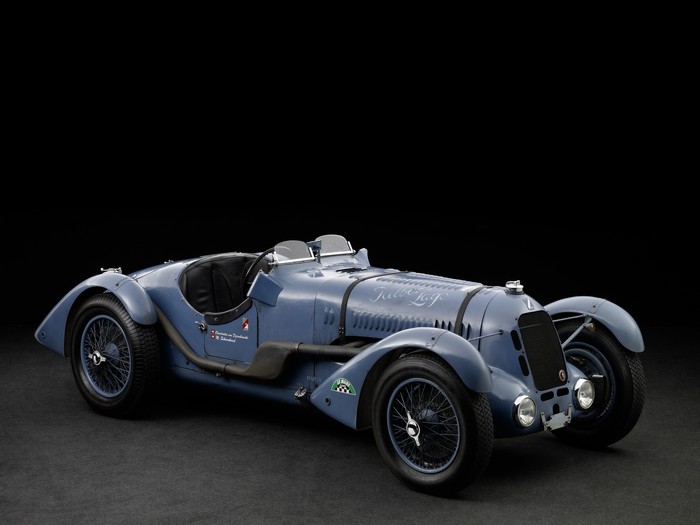Chassis Number: 82930
The heads of the Automobile Club de France, keen to see prestigious national firms return to racing, decided to introduce new rules for the 1936 ACF Grand Prix. The new regulations, adopted on October 13, 1935, opened the event to sports cars. The declared goal was, of course, to encourage the involvement of French firms and, if possible, facilitate their success; but also to openly encourage “reasonable” racing cars whose development could be directly applied to series cars. Models were therefore to be produced in minimum numbers — and conform to a model available to the public.
In early 1934, Anthony Lago arrived from England to take charge at Talbot and ensure its return to economic health. After a convalescent period of modifications and modernization, he decided to go into track racing for two reasons: to generate vital publicity, and — above all — as the perfect testing ground for the firm’s new models. Lago naturally responded favorably to the ACF’s new rules, and he tasked Walter Becchia to design a new sports car at the end of 1935. The result was the T150C. Four cars were produced for the 1936 season (the series would be completed by two further cars in 1937). To ensure Talbot could start racing — and to pay for his new team of René Dreyfus and André Morel — Lago had no option but to sell two of the four cars — although they were still assembled at the factory. One was acquired by Pierre Louis-Dreyfus; the other was sold to Francique Cadot, a little-known car enthusiast from Lyon. The car offered here is the one bought by Francique Cadot in 1936.

